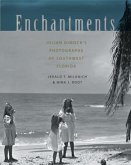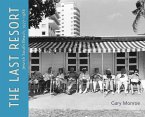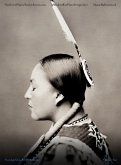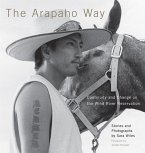A treasure trove of images from the years the Seminoles hid themselves in south Florida "These stunning photographs illustrate the Seminole world of adaptation, resilience, and survival between the Seminole Wars of the 1800s and the successful gaming era of the twentieth century."--Donald L. Fixico, author of The Daily Life of American Indians in the Twentieth Century "This easily accessible book lifts the veil on that part of Seminole history, following the Seminole Wars, which is cloaked in darkness, as the Seminoles sought to rebuild their culture with little contact with outsiders."--Annette L. Snapp, Florida Gulf Coast University In April 1905, A. W. Dimock, a New York financier, and his thirty-one-year-old son Julian, motored their boat across Chokoloskee Bay. They docked at George Storter's store in the small outpost of Everglade on the southwest coast of Florida, at the very edge of Anglo civilization. At Storter's, the Dimocks saw several Seminole Indians who came from their homes in the interior of south Florida to shop and trade for household goods. Survivors of three wars, these proud people kept to themselves. Julian, an accomplished photographer, set up his camera and expressed an interest in learning more about their lives. Over the next five years he would amass an unprecedented photographic record of the Seminole people and their surroundings. Now archived at the American Museum of Natural History, his six thousand glass negatives, unique for the time in that they were not taken for the tourist trade, are a national treasure. Milanich and Root relate the adventures of the Dimocks among the Seminole Indians at a time when few whites ventured into the Everglades and the Big Cypress Swamp. Reproduced in rich duotones, Julian's photographs reveal fascinating aspects of Seminole Indian life deep in the interior of south Florida.
Bitte wählen Sie Ihr Anliegen aus.
Rechnungen
Retourenschein anfordern
Bestellstatus
Storno








